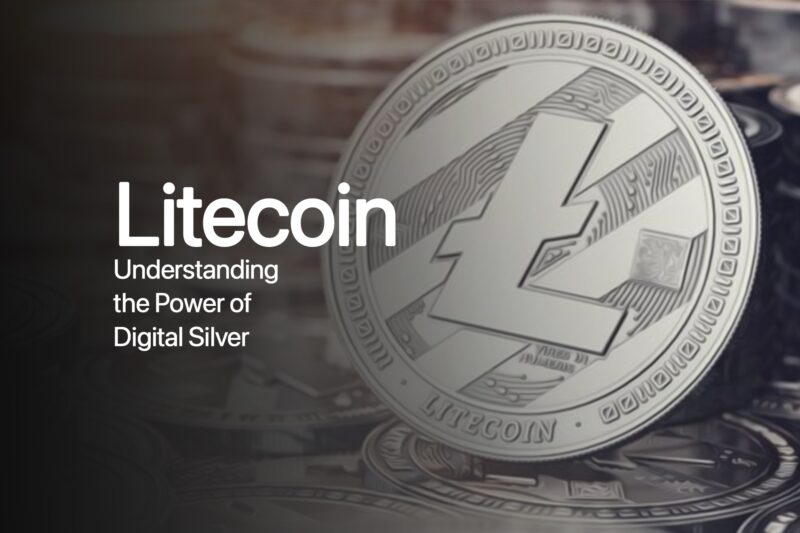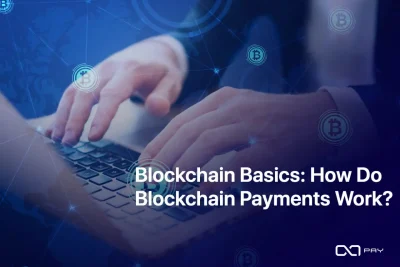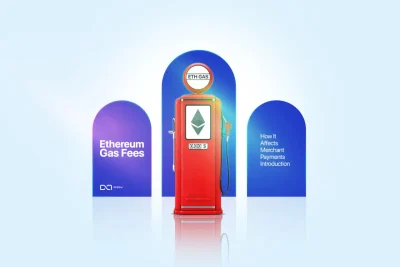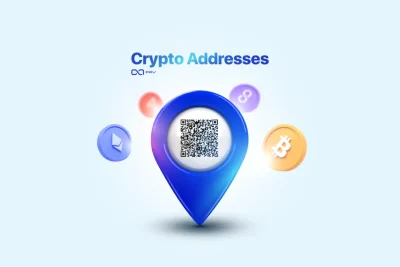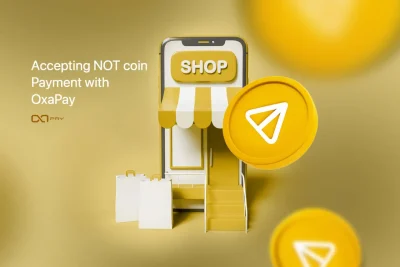Introduction
In the world of cryptocurrencies, Bitcoin may be the undisputed king, but there are other players making significant strides in the digital finance realm. One such digital currency is Litecoin. Launched in 2011 by Charlie Lee, a former Google engineer, Litecoin has gained popularity over the years and earned the nickname “digital silver” due to its similarities to Bitcoin, often called “digital gold.”
Litecoin(LTC) is a peer-to-peer cryptocurrency that allows instant, low-cost payments to anyone worldwide. It utilizes blockchain technology, similar to Bitcoin, but with a few crucial differences that set it apart. In this article, we’ll delve into the fascinating world of Litecoin, exploring its history, features, use cases, and why it holds tremendous potential in reshaping the future of financial transactions.
What is Litecoin?
Litecoin is a decentralized digital currency, just like Bitcoin, which means it operates without the need for intermediaries such as banks. It is built on an open-source blockchain platform, which ensures transparency and security in all transactions. Litecoin’s primary objective is to provide a fast, efficient, and cost-effective alternative to traditional payment methods.
The Birth of Litecoin: A Historical Perspective
Litecoin was introduced by Charlie Lee on October 7, 2011, through an open-source client on GitHub. As a former software engineer at Google and later Coinbase, Lee sought to create a cryptocurrency that complemented Bitcoin’s features while addressing some of its limitations, such as transaction speed and mining algorithm.
Key Features and Characteristics of Litecoin
Litecoin shares several fundamental features with Bitcoin, but it also brings some unique characteristics to the table. Let’s explore the key features that set it apart:
Scrypt Algorithm: Enhancing Mining Efficiency
Litecoin uses the Scrypt algorithm for its proof-of-work consensus mechanism, as opposed to Bitcoin’s SHA-256 algorithm. The Scrypt algorithm is designed to be more memory-intensive, making it ASIC-resistant and allowing regular CPUs and GPUs to participate in the mining process. This democratization of mining ensures a more decentralized network.
Faster Block Generation: Reducing Transaction Times
One of Litecoin’s most significant advantages over Bitcoin is its faster block generation time. While Bitcoin creates a new block approximately every 10 minutes, Litecoin does it in just 2.5 minutes. This results in faster confirmation times for transactions, making it more suitable for day-to-day retail purchases.
Increased Coin Supply: A Larger Circulating Capacity
Bitcoin has a maximum supply cap of 21 million coins, while Litecoin’s maximum supply is four times larger, at 84 million coins. This higher coin supply allows for greater accessibility and potentially mitigates the issue of scarcity often associated with cryptocurrencies.
Active Development and Community Support
Litecoin boasts a dedicated development team and a passionate community of supporters. Regular updates and improvements keep the network efficient, secure, and adaptive to technological advancements. This continuous development ensures that LTC remains relevant in an ever-evolving crypto landscape.
Litecoin vs. Bitcoin: What Sets Them Apart?
Litecoin and Bitcoin share similarities, but they also have distinct differences that cater to different use cases. Let’s compare these two prominent cryptocurrencies:
| Features | Litecoin | Bitcoin |
| Algorithm | Scrypt | SHA-256 |
| Block Generation Time | 2.5 minutes | 10 minutes |
| Maximum Supply | 84 million | 21 million |
| Use Cases | Microtransactions, Retail | Store of Value, Investment |
The Potential of Litecoin in Real-World Applications
Litecoin’s attributes make it suitable for various real-world applications beyond being a digital asset. Some of the most promising use cases include:
Online payments
Litecoin can be used to make online payments for goods and services. This is because LTC transactions are fast, secure, and affordable.
Micropayments
Litecoin can be used to make micropayments, which are small payments that are too small to be made with traditional payment methods. This could be useful for tipping content creators, paying for subscriptions, or making donations.
Cross-border payments
Litecoin can be used to make cross-border payments. This is because LTC transactions are fast and affordable, and they are not subject to the same exchange rate fluctuations as traditional currencies.
Retail Payments
Litecoin’s fast transaction speed and low fees make it an ideal digital currency for retail transactions. It enables swift and cost-effective payments, making it a viable option for both online and in-store purchases.
Remittances
Sending remittances across borders can often be costly and time-consuming. Litecoin’s global accessibility and low fees make it an attractive solution for cross-border money transfers, potentially revolutionizing the remittance industry.
Store of value
Litecoin can be used as a store of value. This is because LTC is a limited resource, and its supply is not subject to inflation.
In addition to the above, Litecoin could also be used in a variety of other applications, such as:
- Supply chain management: LTC could be used to track the movement of goods in a supply chain. This could help to ensure that goods are not counterfeited or tampered with.
- Voting: LTC could be used to vote in elections. This could help to make voting more secure and transparent.
- Gift cards: LTC could be used to create gift cards. This could make it easier for people to give and receive gifts.

Accepting Litecoin Payments with OxaPay
As Litecoin gains popularity and recognition as a reliable digital currency, more businesses and individuals are considering accepting it as a payment method. OxaPay, a leading payment gateway, is at the forefront of facilitating Litecoin transactions and offers seamless integration for merchants looking to embrace this cryptocurrency.By integrating OxaPay into their online platforms or point-of-sale systems, merchants can easily accept Litecoin payments from customers worldwide. OxaPay’s robust infrastructure ensures efficient and secure transactions, making it an attractive choice for merchants of all sizes.
Integrating OxaPay for Litecoin Payments
Integrating OxaPay to accept Litecoin payments is a straightforward process. Merchants can follow these general steps:
Create an OxaPay Account: Merchants need to sign up for an OxaPay account and complete the necessary verification processes to comply with regulatory requirements.
Choosing the right integration method OxaPay offers a variety of integration methods, including merchant web services, payment links, donation and payout API . Merchants can choose the best method that suits their needs.
Integrate OxaPay APIs: OxaPay offers simple and well-documented APIs that merchants can integrate into their websites or applications. This integration allows customers to select Litecoin as a payment option during checkout.
Monitor Transactions: Once integrated, merchants can easily monitor and track Litecoin transactions processed through OxaPay using the provided analytics and reporting tools.
Conclusion
Litecoin has emerged as a prominent player in the world of cryptocurrencies, offering a faster and more scalable alternative to Bitcoin. With its active development team, dedicated community, and a host of real-world use cases, LTC continues to gain momentum as a reliable and efficient digital currency.
As the adoption of cryptocurrencies continues to grow, accepting Litecoin payments through OxaPay presents an excellent opportunity for businesses to stay at the forefront of the digital finance revolution. With its fast, secure, and cost-effective transactions, Litecoin can offer customers a seamless payment experience, ultimately revolutionizing the future of financial transactions for merchants and consumers alike. Embracing Litecoin and leveraging OxaPay’s Litecoin payment gateway capabilities can position businesses for success in the evolving digital economy.
FAQ
